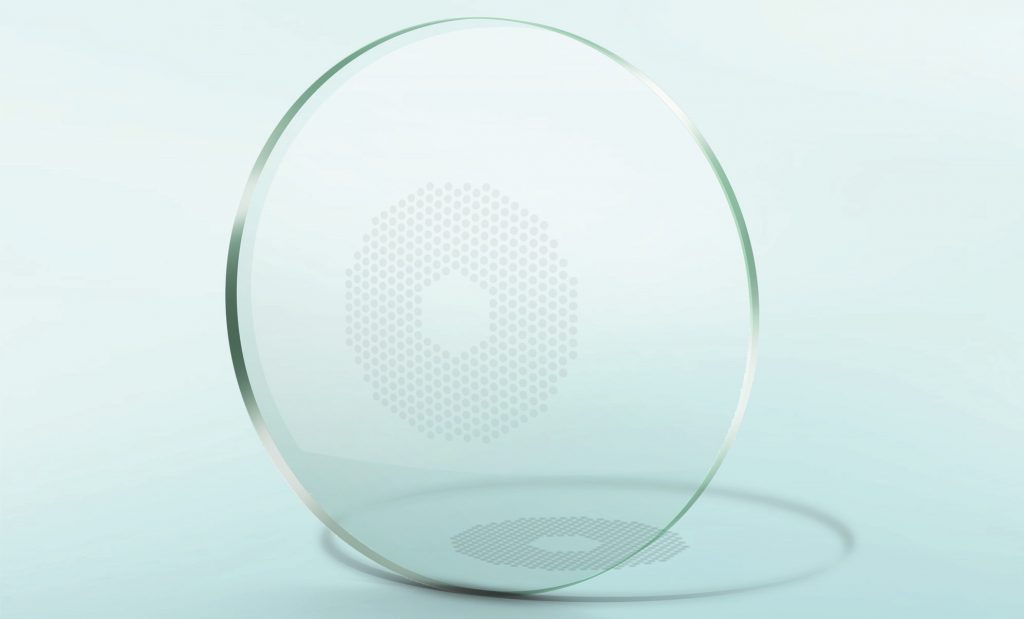 |
| It’s possible that accommodative lag weakens the effect of DIMS lenses, the researchers speculated when considering their study findings. Photo: Hoya Vision Care. Click image to enlarge. |
Spectacle lenses designed to reduce myopia progression aren’t even out yet in the US but it’s worth understanding their strengths and weaknesses in anticipation of their eventual release here. To that end, a new study conducted in China may be of interest. A team from Beijing recently explored the role of defocus incorporated multiple segments (DIMS) spectacle lenses to slow myopia. The researchers retrospectively enrolled 292 myopic children prescribed DIMS lenses, with baseline vergence dysfunction determined by phoria at distance and near. Axial length (AL) and cycloplegic subjective refraction were performed before lens fitting and at six-month and one-year follow-ups. AL and spherical equivalent (SE) change from baseline were calculated for both follow-ups, then compared in subgroups stratified with vergence dysfunction type.
The researchers found significant axial elongation and SE progression at both follow-up time periods. AL increased at six months and one year was negatively correlated with age, while SE progression at six months was associated with age. At six months, AL elongation in kids with convergence excess was greater than in normal myopic individuals as well as those with convergence insufficiency, divergence excess, divergence insufficiency and basic esophoria at six months.
DIMS spectacles offer the possibility of significantly slowing myopia progression compared with single-vision spectacles through myopic defocus in the mid-peripheral retina. However, previous research has indicated that different vergence dysfunction types are correlated with refractive error, and the impact of vergence dysfunction is unknown on those with myopia progression wearing DIMS lenses.
This current research shines some light on this issue, demonstrating that DIMS wearers with convergence excess experienced faster AL elongation than those with no vergence dysfunction or other vergence dysfunction types. Patients with divergence excess had slowed SE progression compared with other vergence dysfunction types, too.
The authors elaborate that their results indicated the DIMS wearers had an average Al elongation of 0.21mm and average SE progression of 0.48D at one year, both of which measurements are consistent with prior studies.
Also reflective of previous investigations was their finding that AL and SE changes are associated with age. The younger a child is, the faster they progress myopically and experience AL elongation. Consequently, younger children may need an increased amount of myopic defocus for necessary myopia control.
Other studies have found accommodative convergence to be greater at myopia onset and that near positive fusional vergence is higher in myopic than emmetropic kids. As well, increased accommodative convergence and accommodation ratio is associated with accommodative lag.
As the authors explain, “theoretically, accommodative lag might cause hyperopic defocus that weakens the effect of DIMS lenses, which induces myopia defocus in mid-peripheral retina. It might explain the reason for greater AL changes in DIMS spectacle lenses wearer with convergence excess.”
Since this factor evidently impacted the final efficacy of the DIMS lenses, the authors propose “vergence dysfunction should be evaluated prior to adopting [a] myopia control strategy.”
Ma J, Yang X, Liu Z, et al. The impact of vergence dysfunction on myopia control in children wearing defocus spectacle lenses. Clin Ophthalmol. 2024;18(799-807). |


